Horton Flying wing to be restored:
The Smithsonian’s National Air & Space Museum reports that restoration of their Horten H IV V3 is underway:
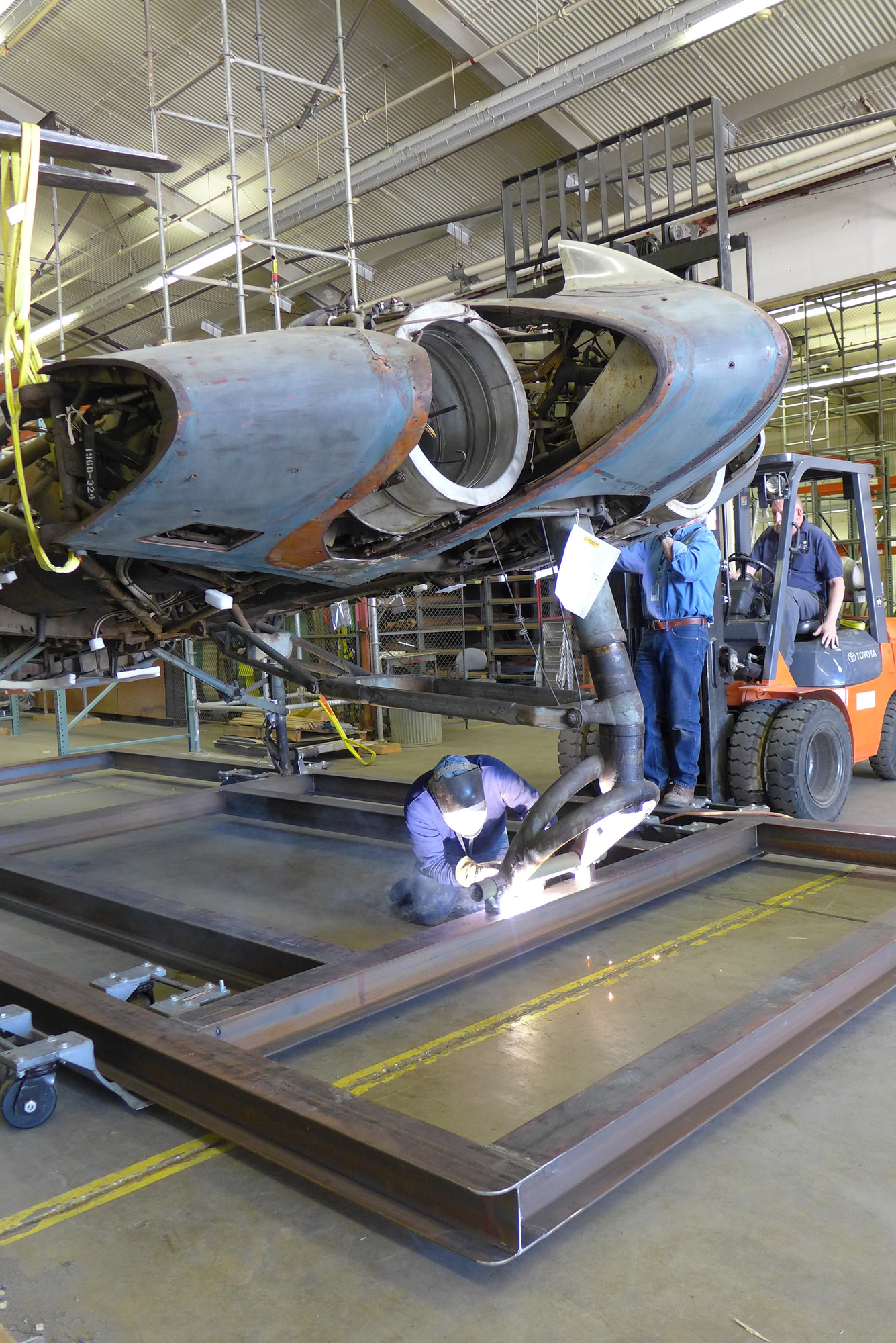
This is a repost. Original article Warbirds News and phots copyright Smithsonian
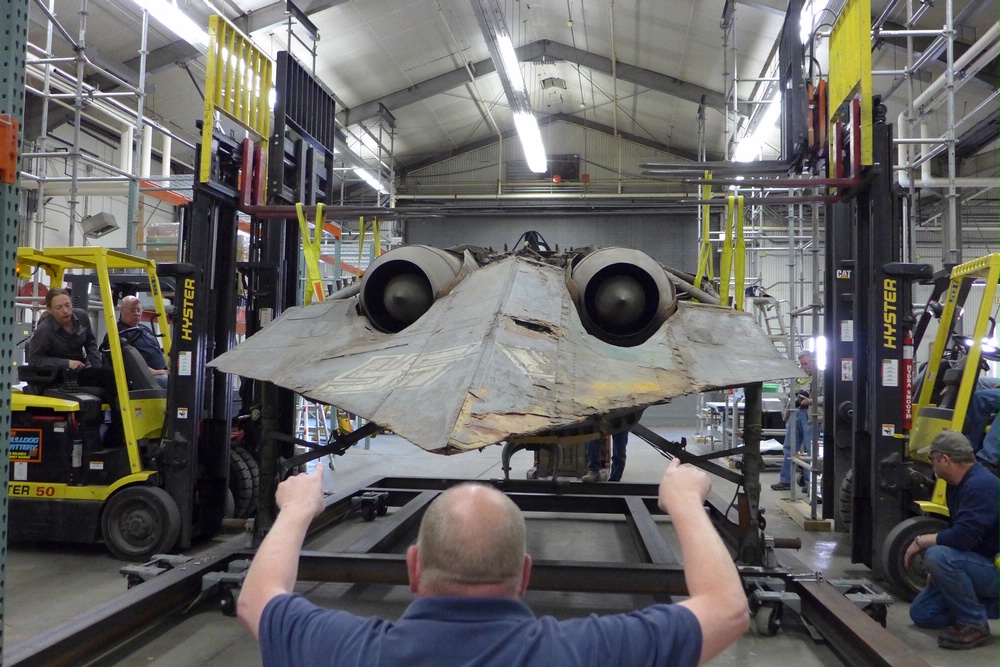
The center section for their unique Horten H IX V3 is being prepared for transport to their Steven F. Udvar-Hazy Center in Chantilly, Virginia. This radical-looking, flying wing is the prototype for what would have been the formidable Horten Ho-229 jet fighter with the Luftwaffe had WWII lasted much longer. Only one of the prototypes flew, and it crashed, but the Horten brother’s had proven the basic concept with smaller, but similarly-shaped gliders, so it really was only a matter of time and resources before the jet-powered variant could have been perfected for combat. NASM’s example is the last of her breed. American forces captured her in the closing days of the war, and shipped her back to the US for evaluation. The aircraft is based upon a steel frame, but the exterior cladding is mostly plywood, which is in quite poor condition with significant delamitation in places.
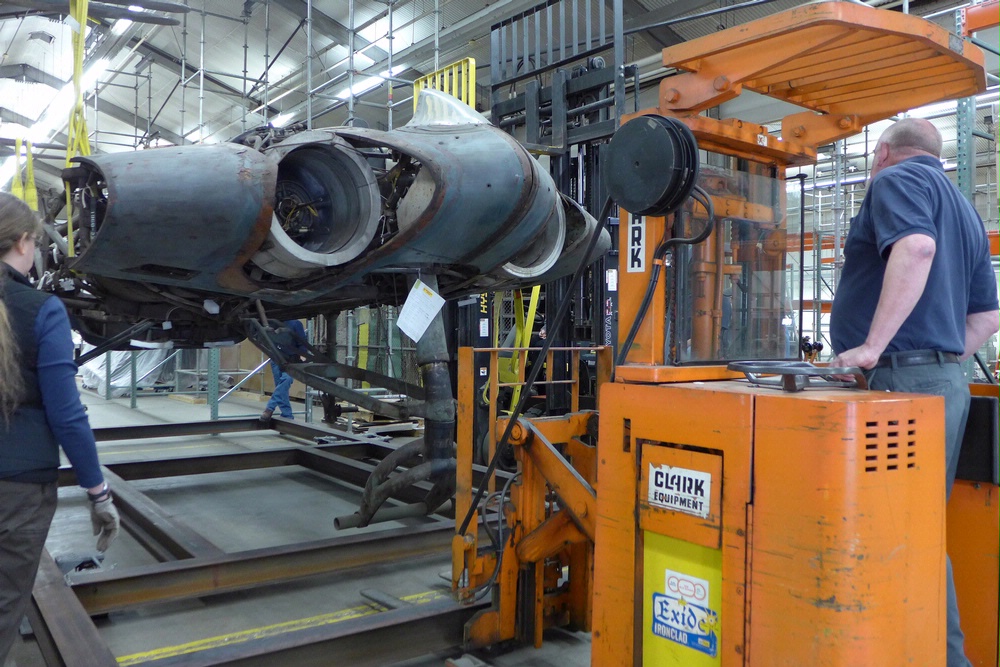
NASM has selected the aircraft for display inside the Mary Baker Engen Restoration Hangar at their Udvar-Hazy Center. The wings have been at the facility for some time, and now NASM has mounted the center section to a custom-built steel frame at its long-time home, the Paul E. Garber Preservation, Restoration and Storage Center in Silver Hill, Maryland. A sturdy cover will eventually be mounted to the steel cradle, totally enveloping the aircraft for protection on its roughly 40 mile journey to Chantilly. NASM is currently talking with local transportation officials to plan the route and timing for the move, which will likely happen later this summer. Hopefully, this amazing aircraft will join the restoration queue in the near future for preservation, and formal display in the main building.
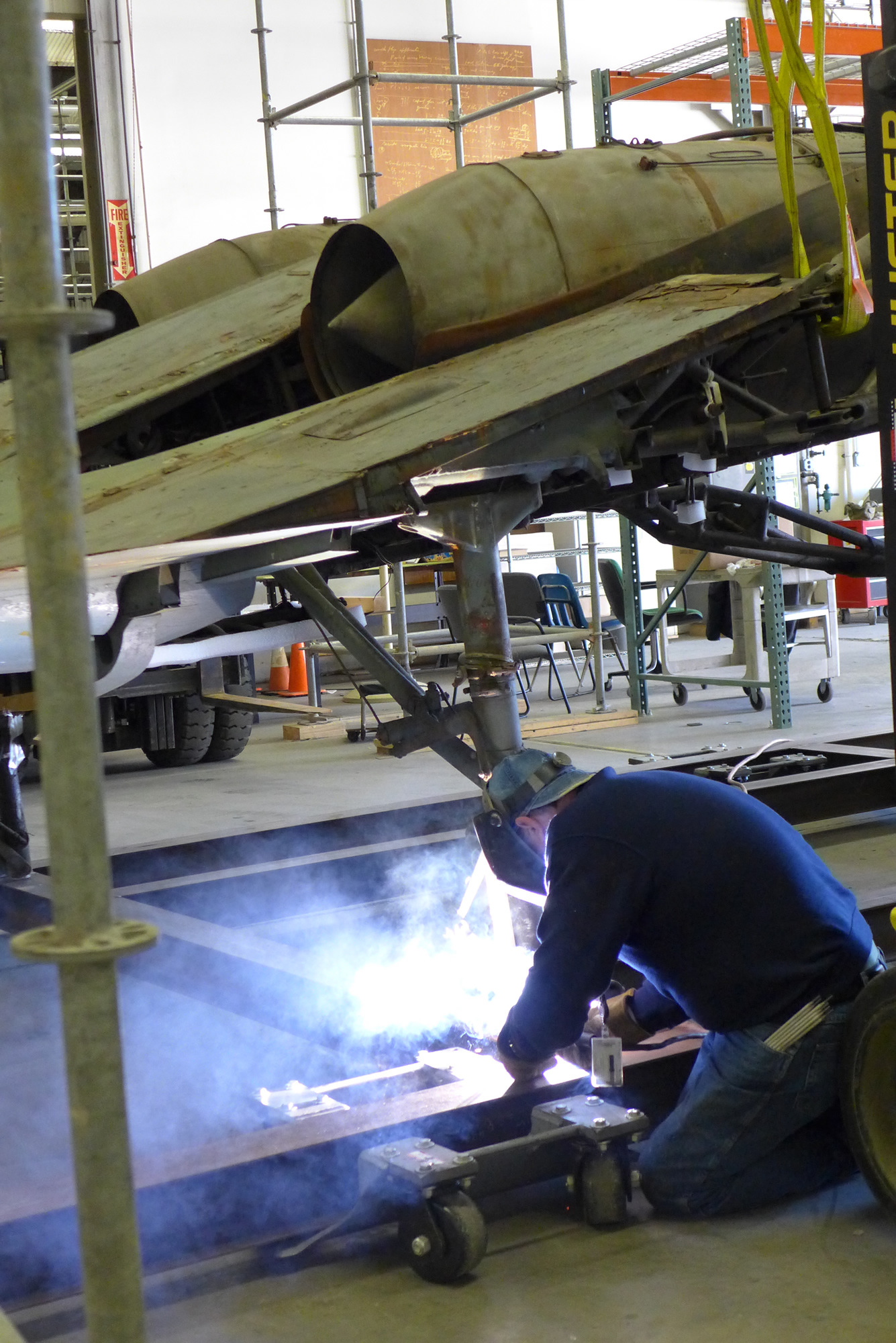
However, NASM’s rare Martin B-26 Marauder “Flak Bait” is next in line for restoration at present, with the nose section on its way from their downtown Washington, DC headquarters in the coming days.
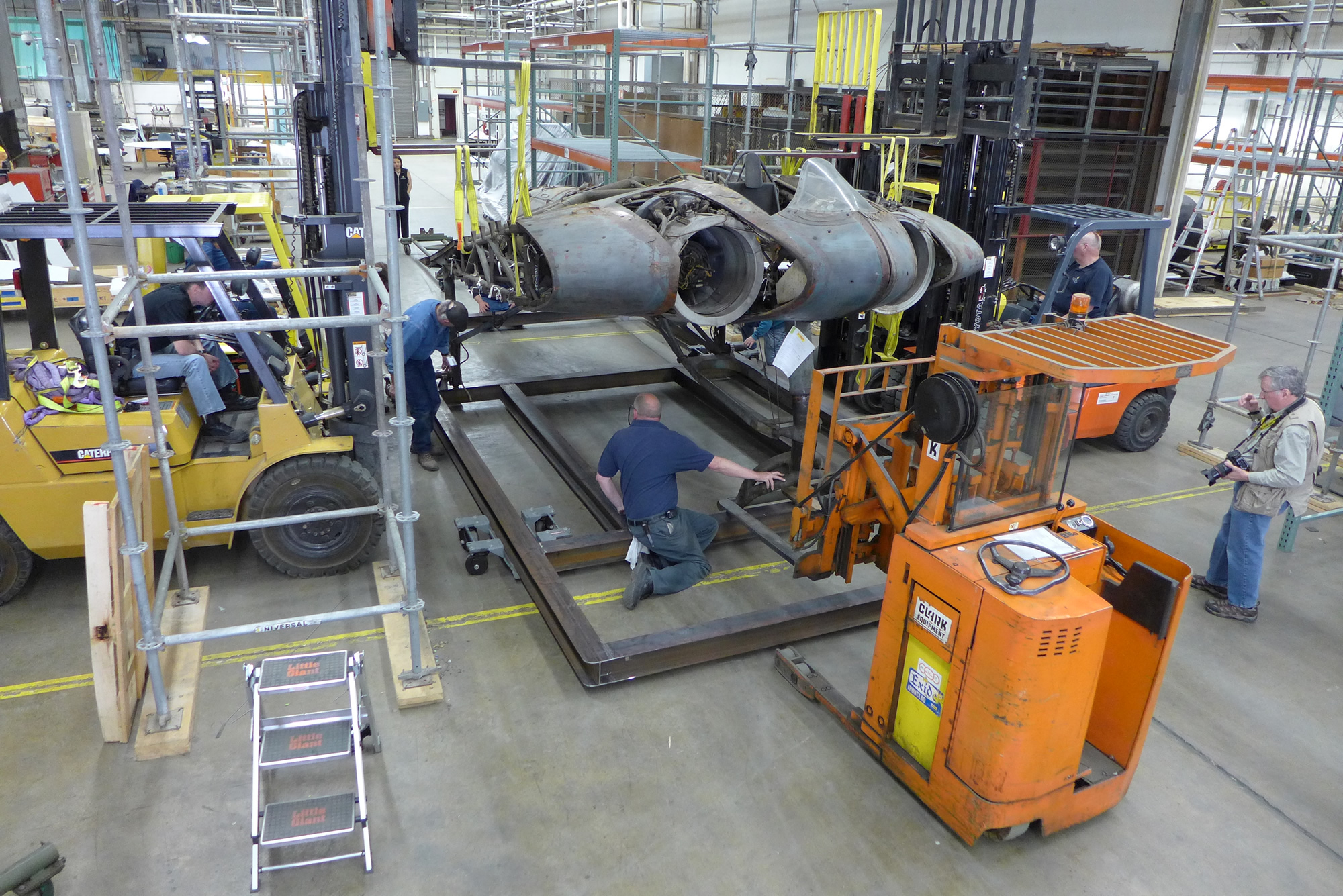
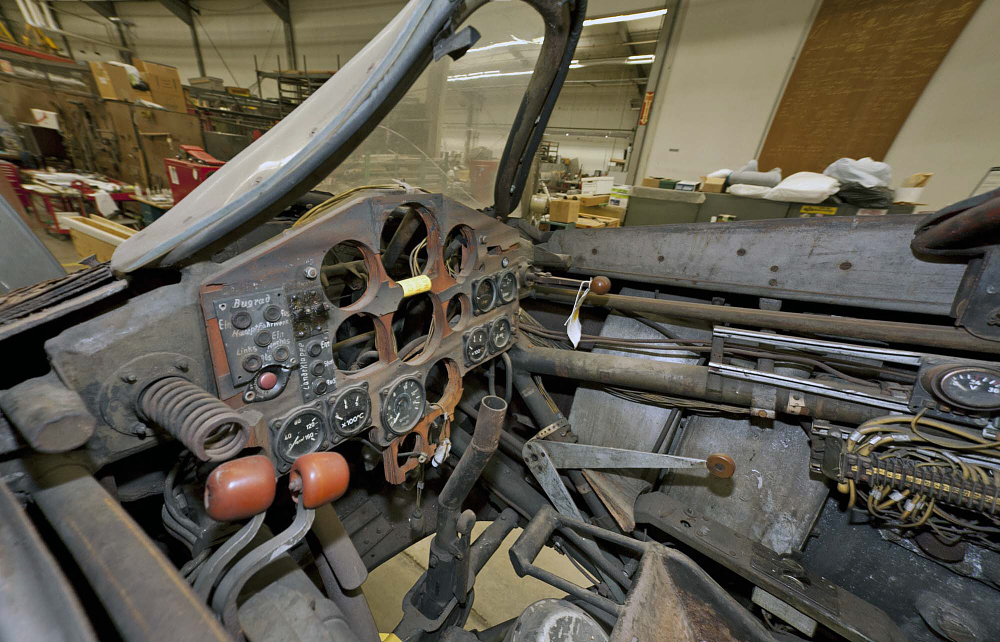
Cockpit view



It would be seriously cool if they could restore it to flying condition. Now that would be something to see!
ReplyDeleteMy thoughts exactly! I suspect it will only be restored to display standard though.
ReplyDeleteOnly time will tell. Knowing the governmental regulations, I doubt it very much however.
ReplyDeleteIf I understand the NASM page, they are only conserving and stabilizing it. No major repairs or repaint. And I don't believe they've ever restored any of their planes to flight status.
ReplyDeleteThanks for sharing these ideas about using marble in interior design.exterior cladding Switzerland
ReplyDeletestone cladding Zurich
timber cladding Geneva
ventilated facades Switzerland
sustainable cladding materials
architectural cladding systems
facade renovation Switzerland
composite cladding panels
Swiss cladding contractors
modern wall finishes Switzerlan